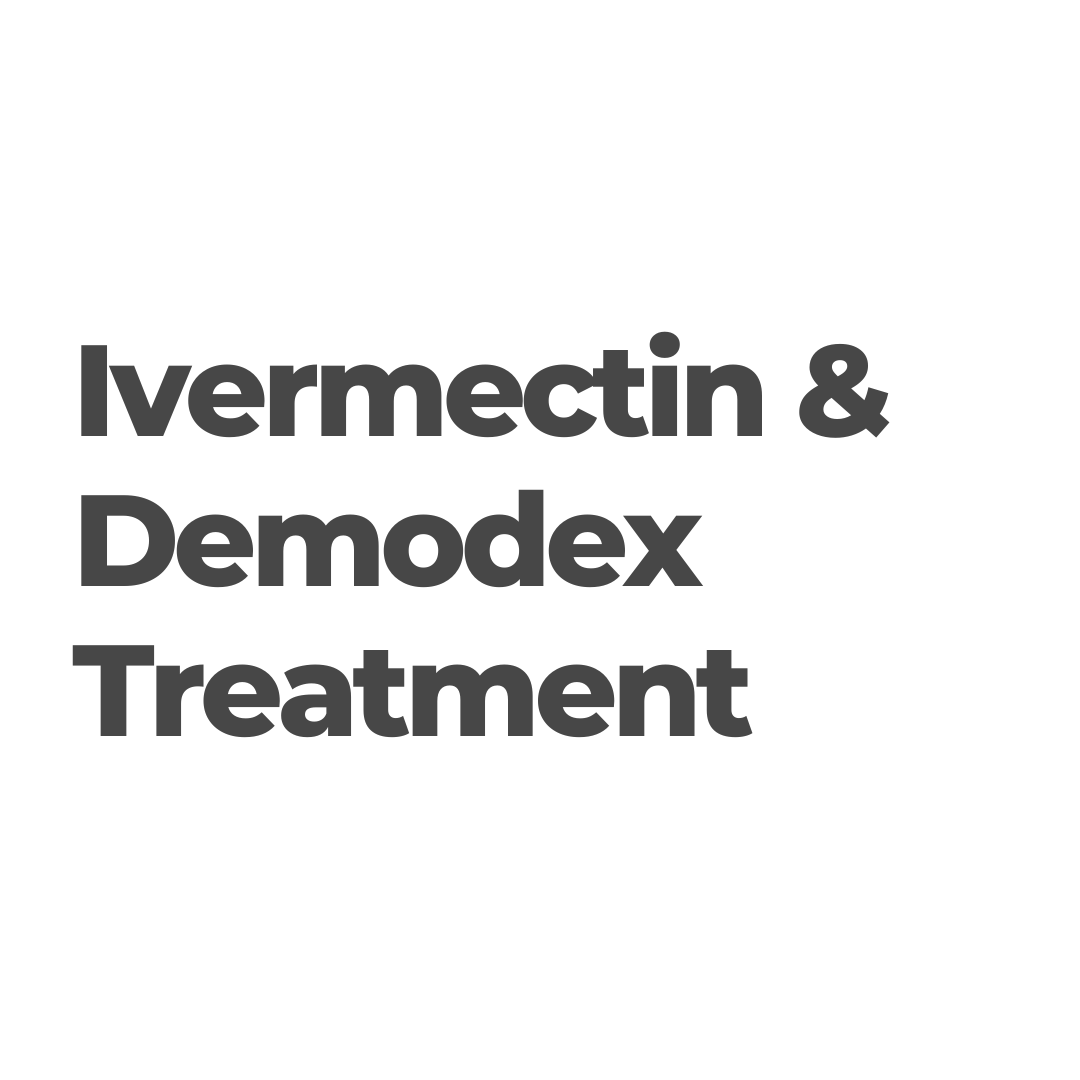Are your eyes red and watery, leaving you puzzled about whether it's pink eye or allergy eyes?
The symptoms can be remarkably similar, causing confusion when trying to identify the underlying issue. However, it's crucial to recognise that these eye conditions have distinct causes. In this comprehensive guide, we'll delve into the realm of conjunctivitis, explaining its various types, their causes, and treatments, and providing clarity on differentiating between allergy eyes and pink eye.
If your symptoms are severe and affecting your daily life, don't hesitate to contact your eye care professional, be it an optometrist or ophthalmologist.
Defining Conjunctivitis
Conjunctivitis is the medical term for inflammation of the conjunctiva, the outer membrane that covers the white of the eye and the inside of the eyelids. This inflammation can result from various causes, making it important to differentiate between them.
Types of Conjunctivitis
Conjunctivitis can be categorized into different types based on its underlying cause, with the primary distinctions being viral, bacterial, allergic, or irritant-induced.
Viral Conjunctivitis
The most prevalent form of pink eye, viral conjunctivitis, is highly contagious, particularly among children. It often accompanies a cold or similar viral illness. Transmission occurs through direct contact with contaminated surfaces or hands. Symptoms include watery red eyes, with spontaneous healing within one to two weeks. Unlike allergy eyes, viral conjunctivitis typically affects one eye before spreading to the other.
Treatment for Viral Pink Eye
Viral conjunctivitis doesn't have a specific cure, but its symptoms can be alleviated with cold compresses and preservative-free lubricants. If the infection is caused by the herpes simplex or varicella-zoster virus, antiviral medications may be prescribed.
Bacterial Conjunctivitis
Bacterial conjunctivitis, on the other hand, is less common than its viral counterpart. It shares common pink eye symptoms but is distinguishable by the presence of crusty or sticky yellowish discharge, which can cause the eyelids to adhere together. This form of pink eye is also highly contagious, requiring thorough handwashing and caution when caring for an affected child.
Treatment for Bacterial Pink Eye
Treatment for bacterial pink eye typically involves antibiotics, administered as topical ointments or eye drops. While mild cases may resolve without antibiotics in a few days, they can remain contagious for longer periods. Antibiotic treatment not only shortens the infection's duration but also minimizes the risk of spreading and potential complications.
Allergic Conjunctivitis
Allergy-induced conjunctivitis, commonly referred to as "allergy eyes," is another form of conjunctivitis. Unlike infectious types, allergy eyes affect both eyes simultaneously and result from an allergic reaction to allergens like pollen, dust, or pet dander.
If allergies are the root cause of your pink eye, you may also experience other allergy-related symptoms, such as:
- Frequent sneezing or an itchy, runny nose.
- Nasal congestion.
- Itchiness in the roof of your mouth.
- Throat irritation.
- Dark circles or bags under your eyes.
Importantly, unlike contagious pink eye, allergic conjunctivitis is not spread from person to person.
Treatment for Allergic Pink Eye
-
Eye Drops: For immediate relief from itchy eyes triggered by seasonal allergies or irritants, consider using eye drops.
-
Contact Lenses: If you wear contact lenses, switch to glasses promptly when you notice eye irritation or redness, as continuous lens wear can increase the risk of eye infections.
-
Medications: Allergic conjunctivitis can be addressed with over-the-counter products or prescription medications. Consult your doctor or allergist, who may recommend antihistamines, available in oral form or as eye drops, to counter the histamine response in your body.
-
Advanced Treatments: In cases of severe or chronic allergic conjunctivitis, your healthcare provider may explore options such as steroids, allergy shots, or immunotherapy treatment.
Mechanical Irritation Conjunctivitis
Mechanical irritation conjunctivitis is characterized by redness and tearing, typically caused by foreign objects entering the eye. This can happen when makeup particles, eyelashes, or other foreign materials come into contact with the eye.
Chemical Conjunctivitis
Chemical conjunctivitis, on the other hand, is induced by exposure to chemical irritants. These irritants can be encountered in the workplace, from substances like chlorine in swimming pools, noxious fumes, smoke, or air pollution.
Treatment for Mechanical Irritation & Chemical Pink Eye
- For both types of conjunctivitis, immediate action is crucial. Begin by flushing the affected eye with water or a saline solution. In cases of minor irritants, using artificial tears for flushing can often provide relief.
- Remember to wash your hands thoroughly before attempting to remove any foreign objects from the eye gently. If you are uncertain or the irritation persists, it's advisable to seek guidance from a healthcare professional to avoid any potential harm to the eye.
- In instances of severe chemical eye injuries, immediate medical attention is imperative. Your doctor may prescribe topical antibiotics, topical steroids, or, in severe cases, recommend surgery.
- To minimize the risk of eye injuries at work, it is essential to be well-versed in workplace safety protocols, which may include the use of protective eyewear.
Inflammatory Conjunctivitis
Conjunctivitis can also be associated with inflammatory eye conditions, such as iritis (inflammation of the iris), blepharitis (inflammation of the eyelid), or styes (red bumps caused by clogged oil glands). Additionally, dry eye disease can result in symptoms of pink, irritated eyes.
Treatment for Inflammatory Pink Eye
How long does conjunctivitis last?
- Viral conjunctivitis usually clears up on its own within 7 to 14 days.
- Bacterial conjunctivitis usually improves within 2 to 5 days with antibiotic treatment.
- Allergic conjunctivitis usually be controlled within a few hours by avoiding the allergen and using over-the-counter allergy medications.
In general, conjunctivitis lasts anywhere from a few days to a few weeks. However, the duration of the infection can vary depending on the cause of the conjunctivitis and whether or not it is treated.






